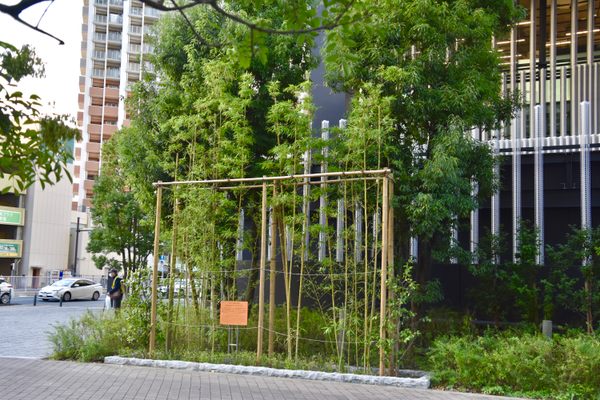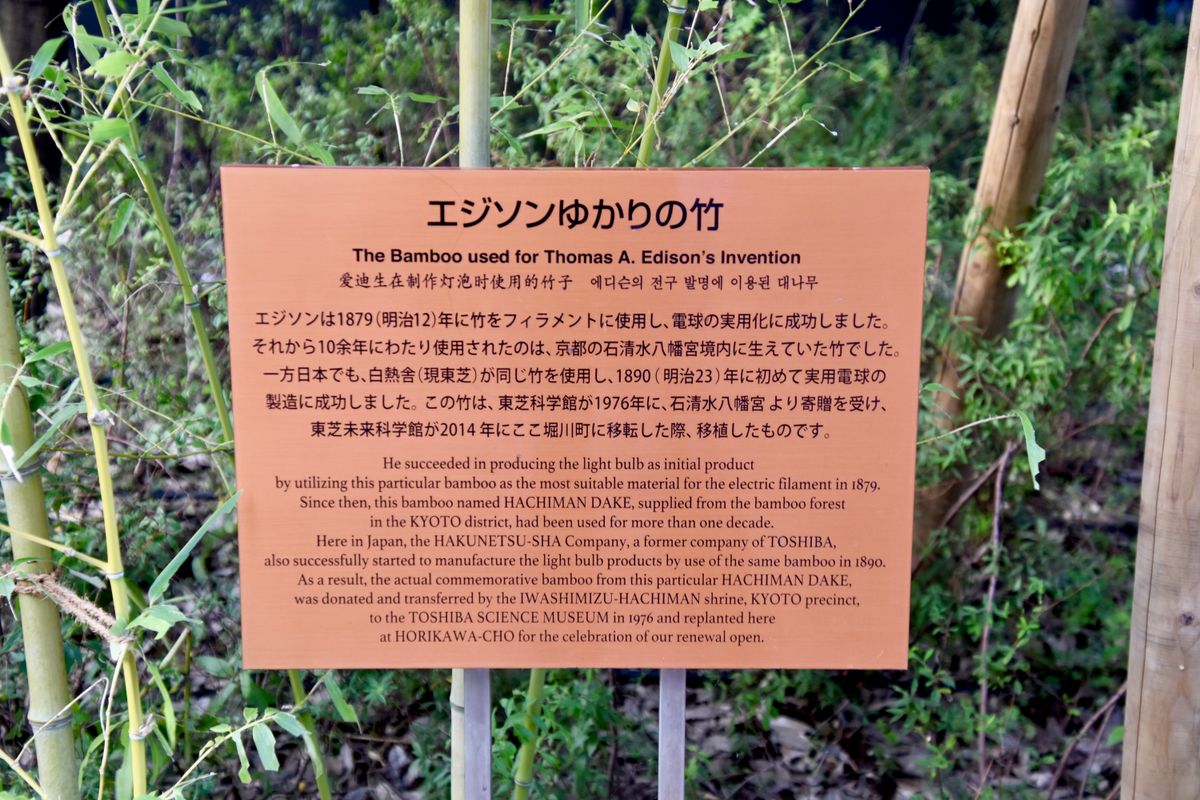About
Thomas Edison is commonly credited as the inventor of the incandescent lightbulb, if somewhat controversially. Historians would agree that several scientists had invented working lightbulbs before Edison, and that the American inventor merely improved the functionality and reliability, getting his version patented. In school, Japanese children are often taught what a great figure he was, but they are seldom taught that the Japanese bamboo contributed greatly to the development of Edison's electric lamp.
In 1860, Joseph Swann invented an earlier prototype of a lightbulb. It had a filament made of carbon that could only produce light for a short time—not long enough to be useful in providing light. To improve the longevity, Edison experimented with numerous materials including paper, cotton, linen, and wood. He tested more than 6,000 different materials as filaments, collecting specimens from across the globe. A filament made using Japanese bamboo found at the Iwashimizu-Hachimangu Shrine in Kyoto held a record of over 1,200 hours.
Meanwhile, in Japan, the Hakunetsu-sha Company (today known as Toshiba) succeeded in creating a functional incandescent lightbulb using the exact same sort of bamboo. This was in 1890, 11 years after Edison's "invention." In 1976, the Toshiba Science Museum was gifted a specimen of the "Edison Bamboo" by Iwashimizu-Hachimangu Shrine. It now stands in front of the museum, an often-overlooked public exhibit.
Related Tags
Hidden Japan: Sado Island, Nara & Kyoto
Explore a different side of Japan.
Book NowCommunity Contributors
Added By
Published
November 13, 2024
Sources
- https://time.com/3517011/thomas-edison/
- https://ethw.org/Early_Light_Bulbs
- https://www.energy.gov/articles/history-light-bulb
- https://www.thehenryford.org/collections-and-research/digital-collections/artifact/10019
- https://www.gov-online.go.jp/eng/publicity/book/hlj/html/202208/202208_08_en.html
- https://www.cio.com/article/266493/consumer-technology-thomas-edison-joseph-swan-and-the-real-deal-behind-the-light-bulb.html































